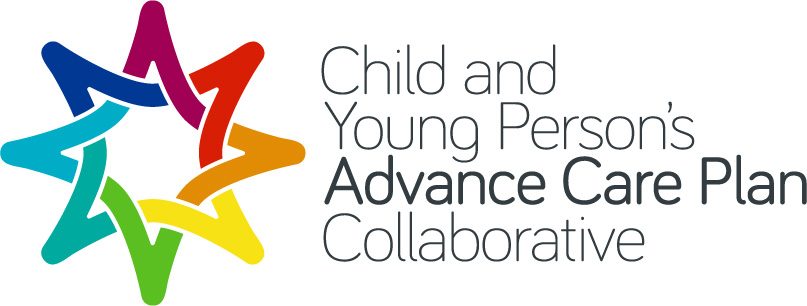Care Plan Versions
We have tried to provide a variety of different resources to help complete the CYPACP. These are detailed below.
However, please also note that the CYPACP documents the wishes and plans of decision-makers about children and young people with chronic or life-limiting conditions. The conversations and documentation of decisions should be considered within the ethical, legal and clinical frameworks that guide clinicians working with this population of children and young people. These include guidance from the General Medical Council (GMC), the Royal College of Paediatrics and Child Health (RCPCH), National Institute for Health and Care Excellence (NICE) and statutory law such as the Mental Capacity Act (2005) or Children Act (1989).
It is the responsibility of the clinician to keep abreast of relevant ethical, legal and professional guidelines and developments that may impact on the use of the CYPACP document.
Should you have any ethical, legal or clinical queries about the CYPACP, please contact your local team for advice and training. The document should be used alongside local Trust/organisational policies and guidelines.
ReSPECT or alternative Emergency Management documents (Standard version)
Versions are available for both those wishing to use ReSPECT and those who have not adopted ReSPECT.
Ante-natal (with and without ReSPECT)
Ante-natal versions are the same as non-ante-natal versions with the exception of two additional pages detailing management around birth. These pages can then be deleted if the baby survives (essentially turning the ante-natal version into the standard version).
Formatting tips/using the templates
- Please do not delete sections (with the exception of the designated pages in the ante-natal version).
- This document has been devised by a wide range of users and ALL sections are useful. They are also recognised within NICE guidance.
- Some families/professionals may not wish to complete all sections initially (it is not compulsory to fill in all sections). However, they should be left in the document in case discussion around these areas occurs at a later stage.
- Please be careful with Yes/No tick boxes. Ideally we would have liked to have been able to make it that only one could be ticked when given a choice. However, this was not possible, therefore, please pay particular attention to this.
- You are able to use formatting to make the document easier to read eg bold, bullet points, etc.
- Boxes will expand downwards ad you write more, and this may mean the number of pages increases as each section has a section break to keep them separate. However, always think of the users, particularly on the emergency pages, and try to keep instructions/information succinct.
Please note: ReSPECT section should be kept (where possible) to TWO pages in total as the emergency services will be expecting this
- To ensure name, DOB and NHS number appear in the header, you will need to double click in the box and then press Esc to exit that header section.
- It is recommended that you use this website when creating a new care plan (rather than creating a template and working from that). This will ensure that you are always using the latest version.
General Information
- Remember that these are not legal documents but are used to help guide management and future decision-making.
- Clinical discretion will always be needed at any time.
- There is no “review by date”. Local policy should dictate how often this is reviewed and it is up to individual teams to put in their own recording methods to do this. It is always good practice to check with families whether the plan reflects the current situation/decisions/beliefs.
